Nostalgia on Tuesday: The Seaside boom
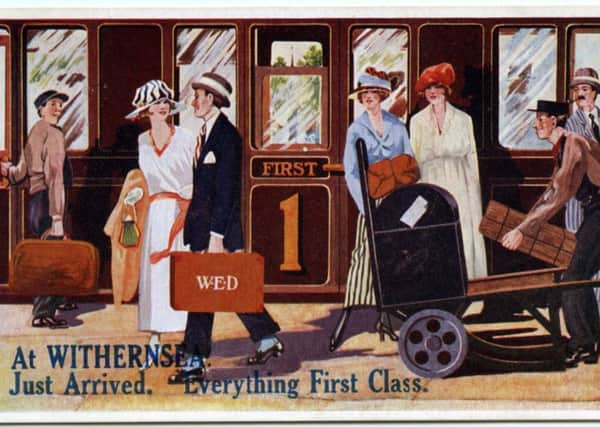

Son of a Hull customs collector, Bannister was initially apprenticed to one of the city’s merchant ship owners and in time rose to become manager of the Humber Union Steam Shipping Company. On leaving there, he established his own business and became active in public life: in 1845 he was town councillor for the North Myton Ward; Sheriff of Hull (1849 and 1850); and Lord Mayor in 1851. Sympathetic to the working man, he arbitrated in favour of the United Fishermen’s Society during a dispute with fishing boat owners.
He is remembered for his energy and enthusiasm and for boldly promoting the Hull to Withernsea railway branch line. An earlier proposal by the York & North Midland Railway had envisaged a line from Hull Victoria Dock to Patrington via Hedon, but this was never carried out.
Advertisement
Hide AdAdvertisement
Hide AdBannister’s scheme was intended to link the industrial port of Hull, and beyond, with the agricultural South Holderness on the East Coast. He also wanted to turn the coastal village of Withernsea into a thriving seaside resort to compare with Scarborough or Brighton. Withernsea’s population in the mid-19th century was just over 100. Bannister had seen the way George Hudson’s railway lines to Whitby and Scarborough had led to massive growth in those areas. Without long stretches of cliffs, Withernsea was ripe for development.
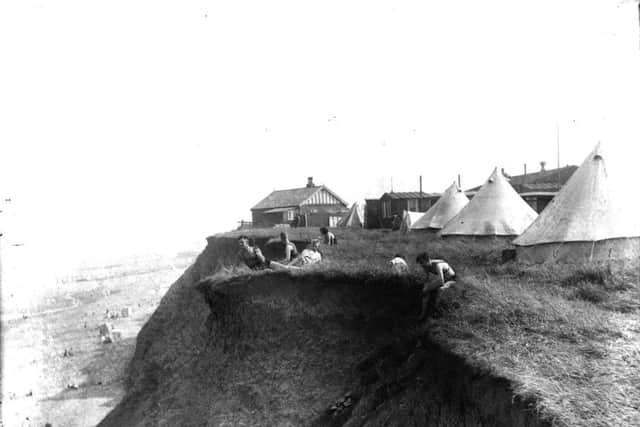

The prospectus for the proposed new railway was issued in 1852 and the Hull and Holderness Railway Act was passed in 1853. Bannister was the company’s chairman and it was intended to raise £153,000 in 7,500 shares of £20 each.
The line was originally single track, except sections at Hedon and near Ryehill. From Hull’s Victoria Dock the 18 miles stretch of track ran east with stations at Wilmington, Southcoates, Marfleet, Hedon, Burstwick, Keyingham, Ottringham, Winestead, Patrington and Hollym Gate. Withernsea station was grandly designed by Leeds Town Hall and Corn Exchange architect Cuthbert Brodrick.
Construction was relatively cheap as it used level ground; ballast was obtained close by. Farmers and landowners, probably realising the railway’s benefits, sold land at a favourable price. The total cost was around £100,000, including stations.
Advertisement
Hide AdAdvertisement
Hide AdFrom Patrington it was intended to transport grain by rail to West Yorkshire instead of the Humber as Hedon and Patrington Haven by this time had silted up.
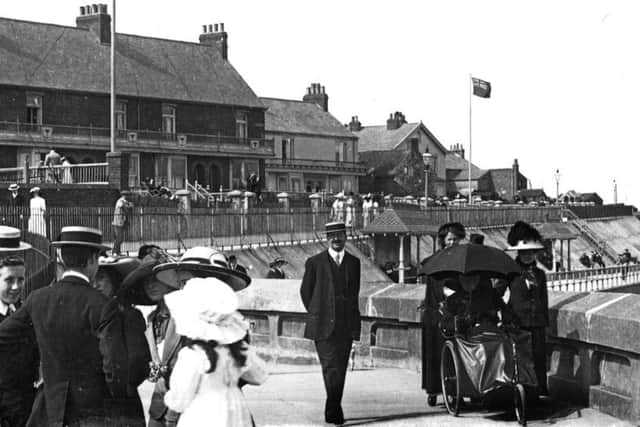

The Hull to Withernsea line opened in late June, 1854. The Hull Packet of June 30, 1854 stated: ‘The scenery of the line, though by no means romantic, embraces a greater number and variety of points of interest than might be expected’.
At the time of the opening there was no accommodation for visitors at Withernsea; a hotel was only partially erected. The opening day saw a brass band accompanying the train from Hull Victoria dock. Hedon station was decorated and church bells at both Hedon and Patrington rang out. At Withernsea, railway officials and guests, around 500, had a spectacular luncheon in a large marquee.
After four months, the railway had carried nearly 64,000 passengers.
Advertisement
Hide AdAdvertisement
Hide AdDuring the 1850s Anthony Bannister lived in Paull and became an Alderman in Hull during 1855. In the same year he also served for a second term as Hull Mayor and was a JP and a Major in the East Yorkshire Rifle Volunteers.
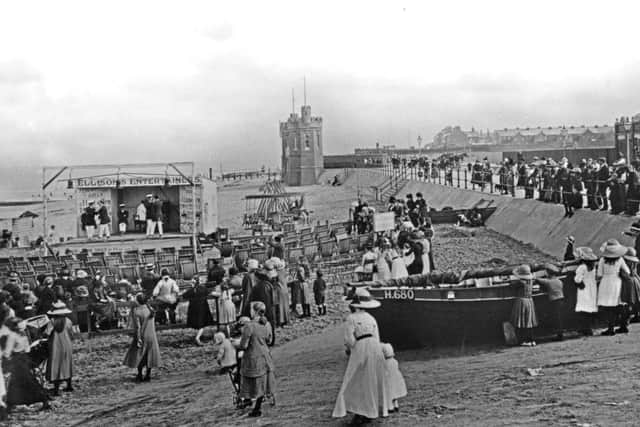

By January, 1860, the Hull & Holderness Railway Co, unable to cope with operating a railway independently, leased it the to the much larger North Eastern Railway Company. Later the track was doubled in many sections of the route. The NER bought the line in 1862, the same year as the Hull & Holderness Railway was dissolved.
Within a short time, just as Bannister had envisaged, Withernsea, gradually expanded into a thriving seaside resort with guest houses, commercial properties and entertainment facilities.
Banninster, who later lived at Kingston Lodge in Eastgate, Hessle, with his wife, eight children and six servants, in 1871 formed, with six others, the Withernsea Pier, Promenade, Gas and General Improvement Company.
Advertisement
Hide AdAdvertisement
Hide AdThe company was formed ‘for the purchase and protection of land at Withernsea, and for carrying out general improvements by making a promenade constructing a pier, supplying the town with gas and making streets and roads etc in order to make it one of the most attractive watering places on the East Coast’.
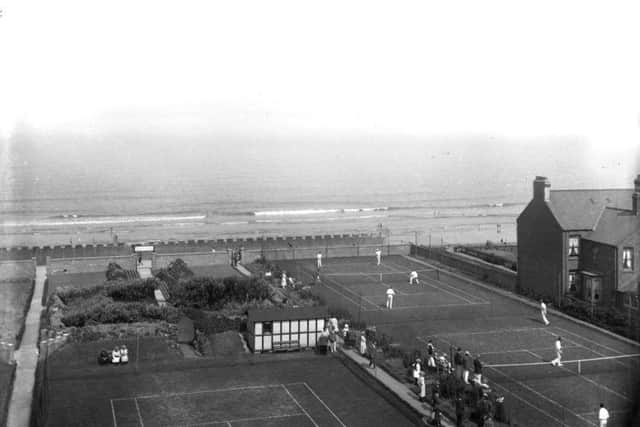

From the pier, the company hoped to earn a large revenue, not only from visitors who would pay a 1d toll to use it, but particularly from tolls from the landing of fish and other goods. Withernsea promenade was ready in 1873 and the pier was completed in 1877. At the pier entrance was a castellated gateway, allegedly based on Conwy Castle.
Bannister died in 1877 and, in later years, streets would carry his name in Hessle, Hull and Withernsea. There is a full-length brass effigy of him in All Saints’ Church, Hessle.
In 1901 Withernsea’s population was 1,426; in 1911, 2,384; and it was just under 5,000 by the 1920s.
Advertisement
Hide AdAdvertisement
Hide AdThe old Hull and Withernsea railway closed to passengers on October 10, 1964 and to all traffic on May 3, 1965. Goods services to Hedon continued until 1968.
Withernsea lighthouse museum has some early glass plate photographs along with many others depicting enjoyable seaside days in the town and some are shown here.
For further reading see Beneath the Guiding Light (2001) by Victoria Allott.